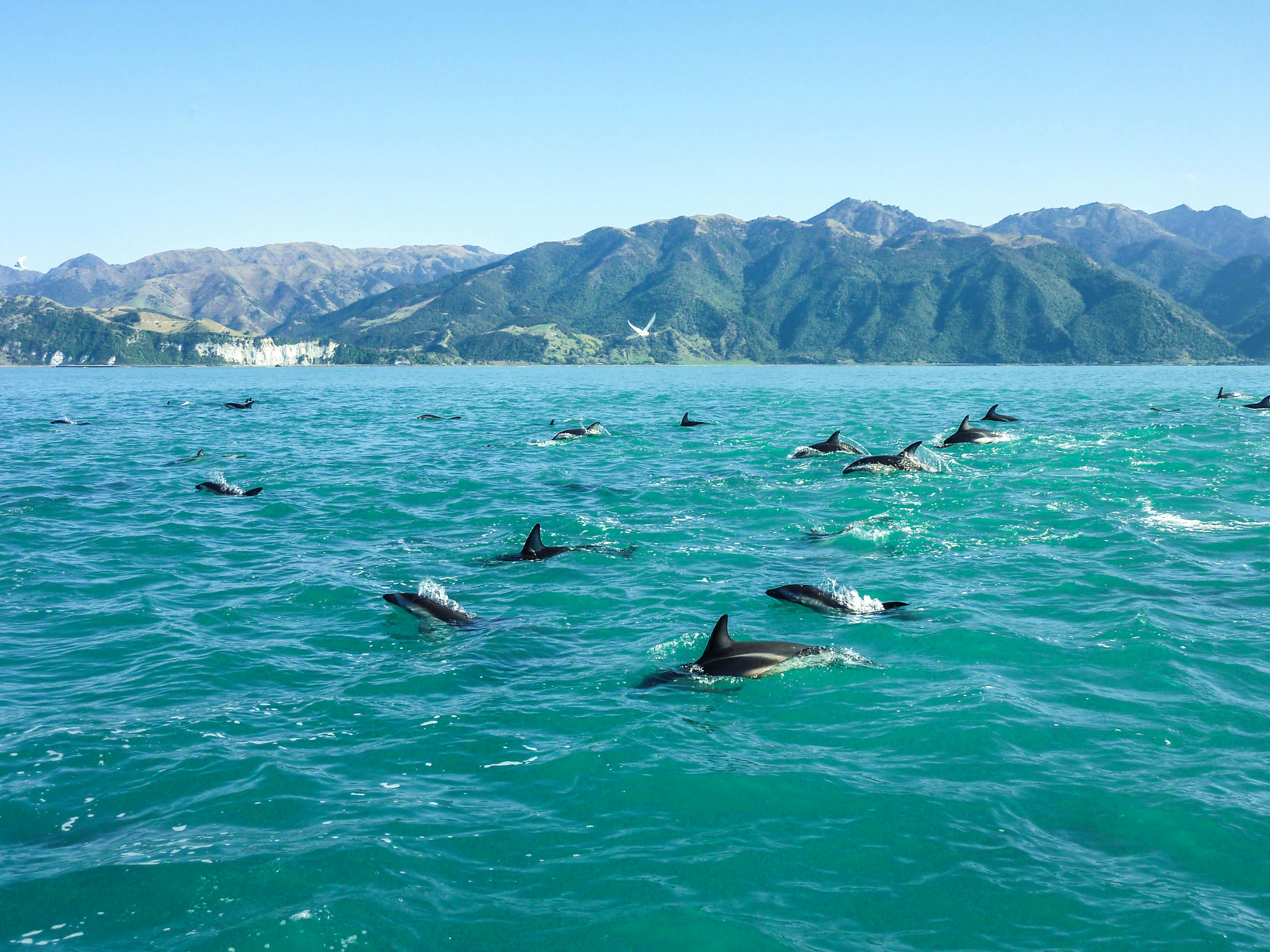After two weeks of negotiations between more than 50 countries, the Fifth Session of the Intergovernmental Conference (IGC) ended last Friday without establishing a High Seas Treaty — once again leaving more than two-thirds of the global ocean unprotected. But important progress was also made, which the Only One community of supporters has helped push for. World leaders are closer than ever before to finalizing the treaty, and there’s reason to be optimistic that the next negotiation will be the last step in the nearly two-decades–long process. We can’t let up the pressure now, and we need you with us! Can you help build momentum for the coalition to protect the High Seas by sharing our petition with your network? We’re just shy of our goal of 75,000 signatures.
Call on Prime Minister Christopher Luxon and his Government to protect 30% of Aotearoa New Zealand’s ocean by 2030.
What you need to know
Aotearoa New Zealand’s ocean territory is one of the largest in the world — yet staggeringly, less than 1% of it is highly protected.
These waters are home to some of the planet’s most unique and threatened marine life: nearly half of all whale and dolphin species, the highest diversity of seabirds anywhere on Earth, and the Māui dolphin — one of the rarest marine mammals, with only around 54 left in the world.
But pollution, overfishing, and climate change are pushing marine ecosystems in Aotearoa to the brink. And instead of stepping up, the government has rolled back key protections, putting critical progress in jeopardy.
Protecting Aotearoa’s unique biodiversity for future generations will take collective action from all of us. The ocean is deeply connected to life and culture: more than half of New Zealanders live within 5km of the coast, and tangata whenua (Indigenous Māori communities) have long maintained deep relationships with the ocean, continuing to exercise kaitiakitanga (guardianship) today.



















